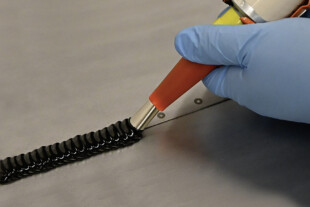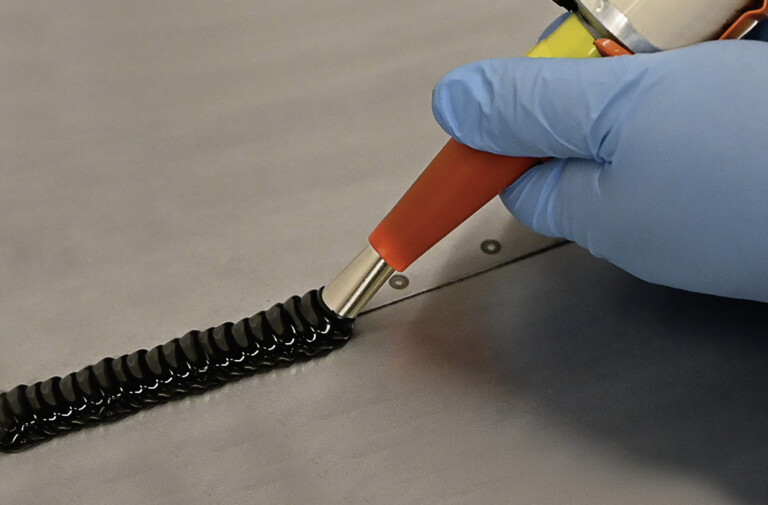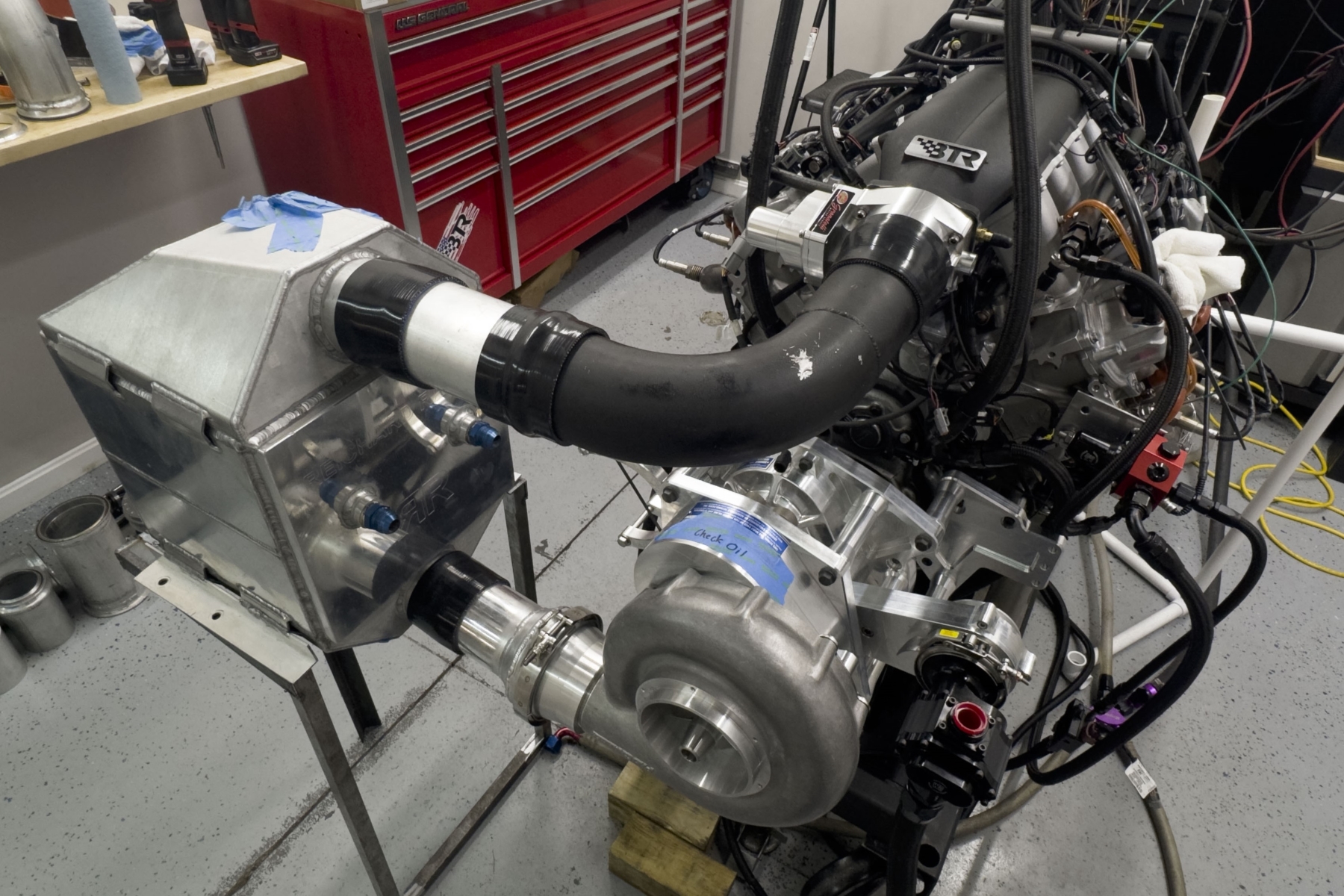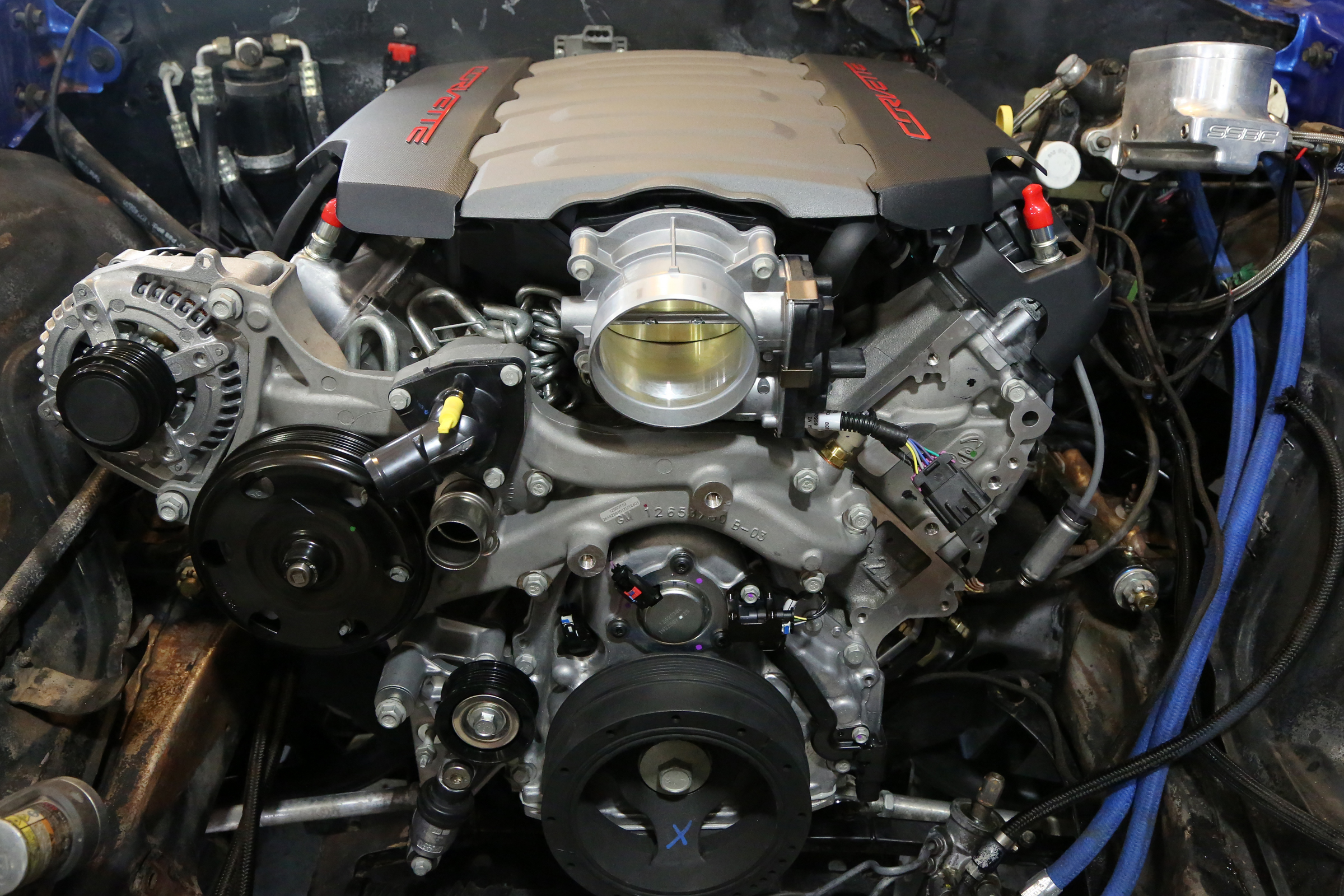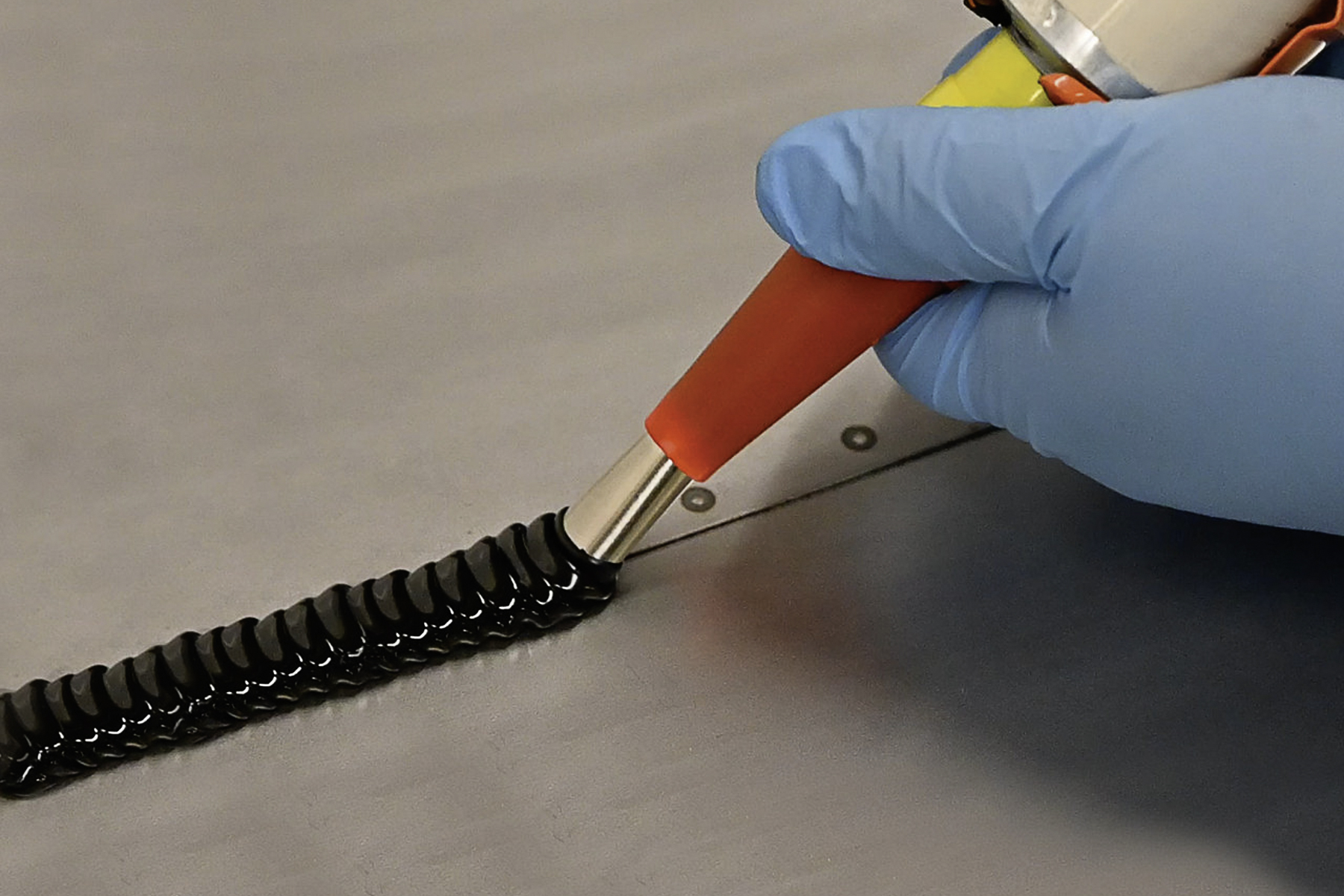When applying copious amounts of power to a IRS (Independent Rear Suspension) in any racing application, things just start to go wrong. “A common upgrade for the 5th gen Camaros have been bolt-in Ford 9-inch rearends, and we have come up bolt-in Dana 60 style replacement,” said J.C. Cascio of Strange Engineering.
A common upgrade for the 5th gen Camaros have been bolt-in Ford 9-inch rearends, and we have come up bolt-in Dana 60 style replacement.
The new bolt-in case from Strange comes complete from rear cover, S-Trac differential, gear ratio of choice, up to the 1350-style driveshaft yoke. “We used the EnduraGaurd coating on this application, ” said Jeff Stange. “The seal coat resists corrosion and acid plus it’s extremely easy to keep clean.”
To make case stronger, it is pressured when poured into the casting during the manufacturing process. Inside this all-aluminum rearend are billet main caps are are ingeniously reinforced by the rear cover once it’s bolted in place. This ensures there isn’t any deflection to the caps under hard cornering. Also, the rear cover uses an O-ring to seal and will never require a gasket or sealant of any kind.
Street Floater Kit
There is no doubt that Pro-Touring has become extremely popular in the last few years. Part of road racing and autocrossing a classic car is typically pared with a solid axle configuration. An inherent problem for any solid axle vehicle is axle flex and pad knock back. This can lead to inconsistent braking and even brake failure. Working in conjunction with Wilwood, Strange has begun designing their own version of a floater hub assembly.
- 2-inch OD spindle
- 24 spline drive plates
- Thru-Hardened Hy-Tuf floater axle shafts
- 4-piston calipers
- Internal parking brake
- 12.19-inch vented, slotted or drilled Wilwood brake rotors (larger diameter rotors available)
- Optional ABS Sensor (05+ Mustang)
- Zero end play in the bearings eliminates piston knock-back encountered during hard cornering
- Floater spindle supports vehicle weight and resists cornering, braking, and acceleration loads, leaving the floater axle solely responsible for transmitting torque













